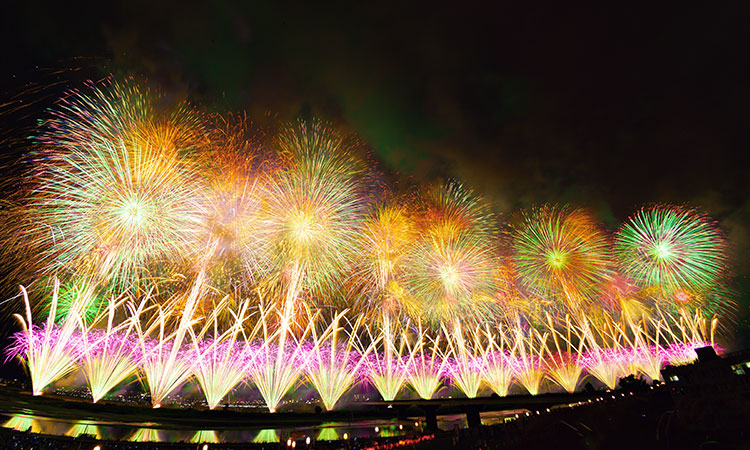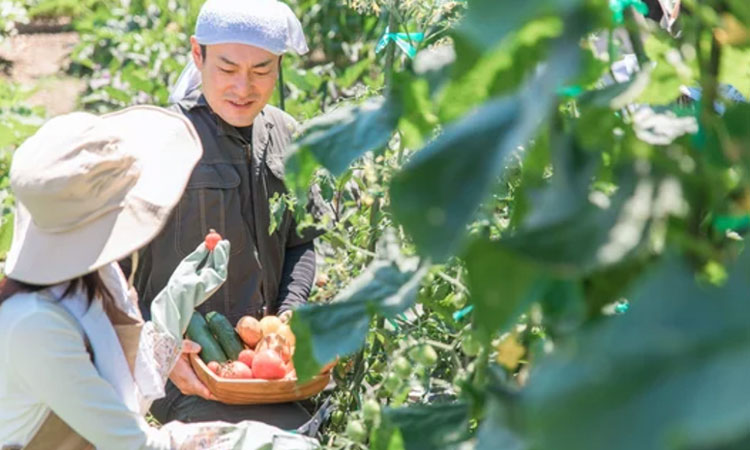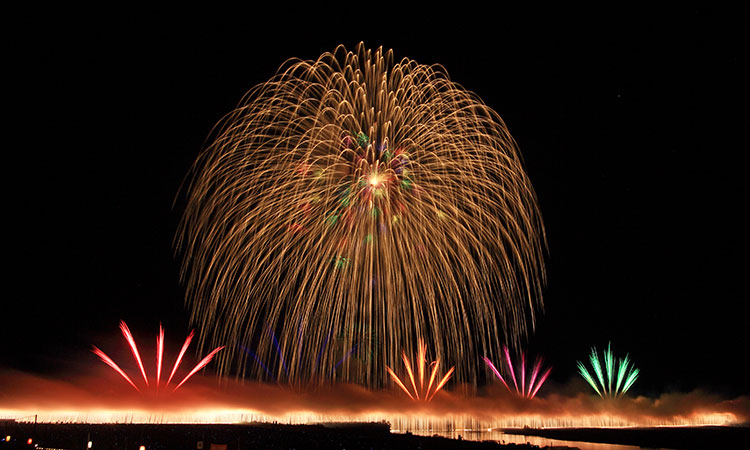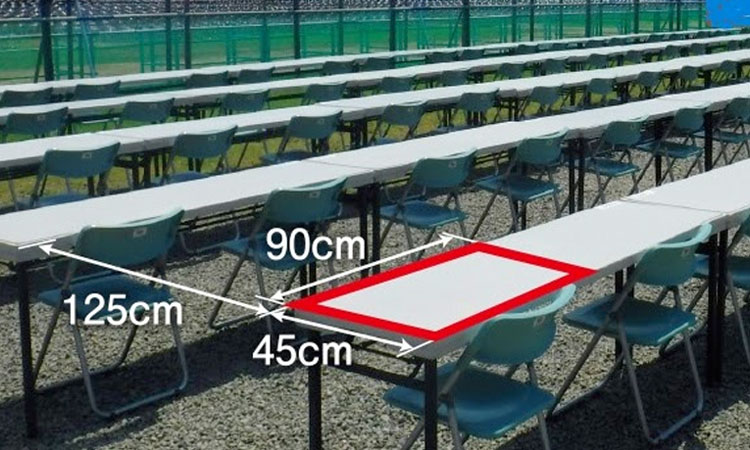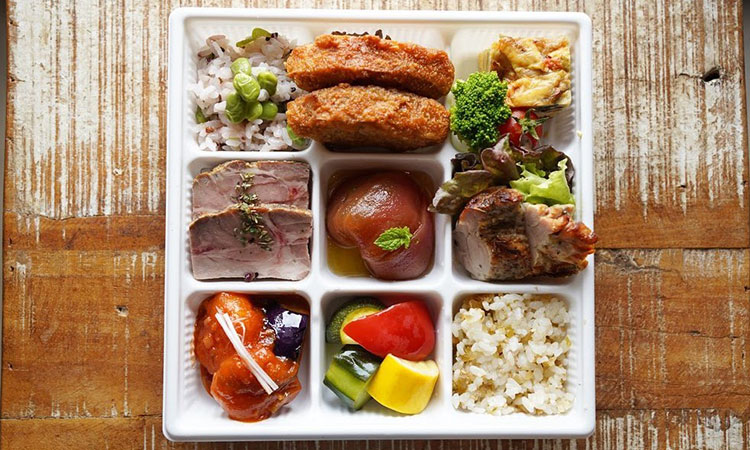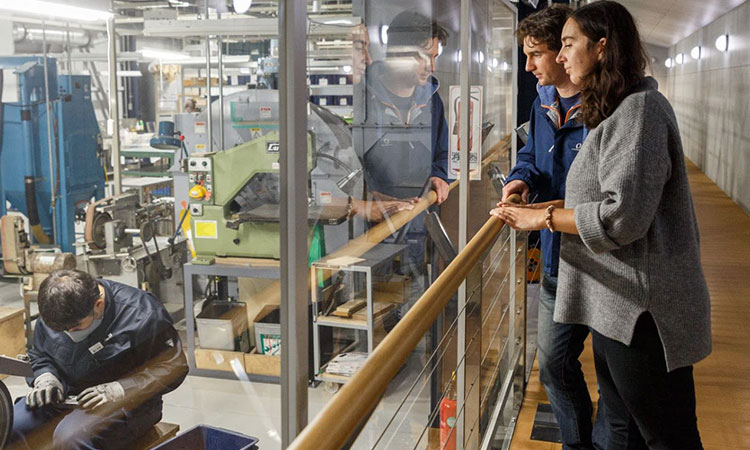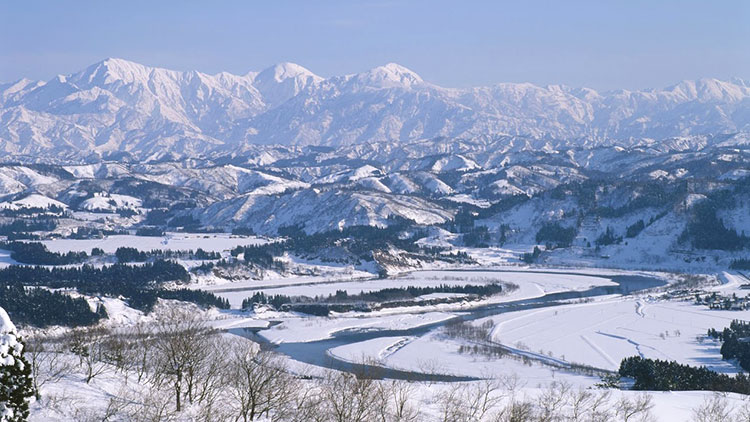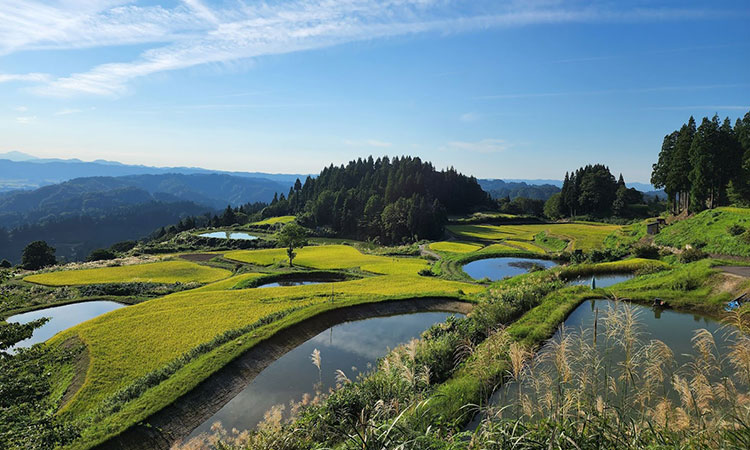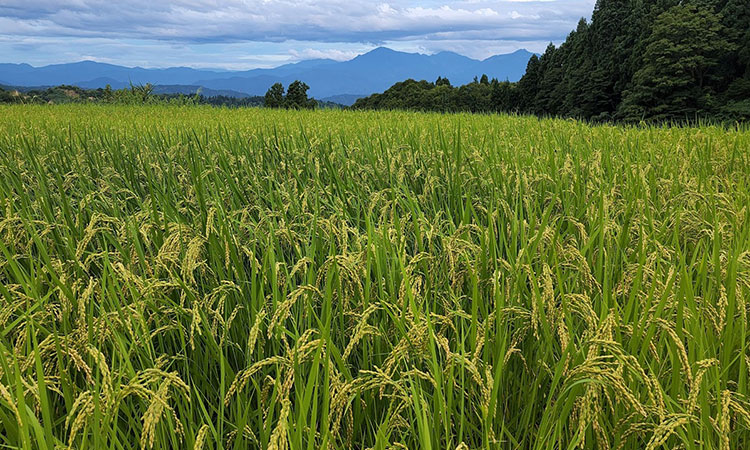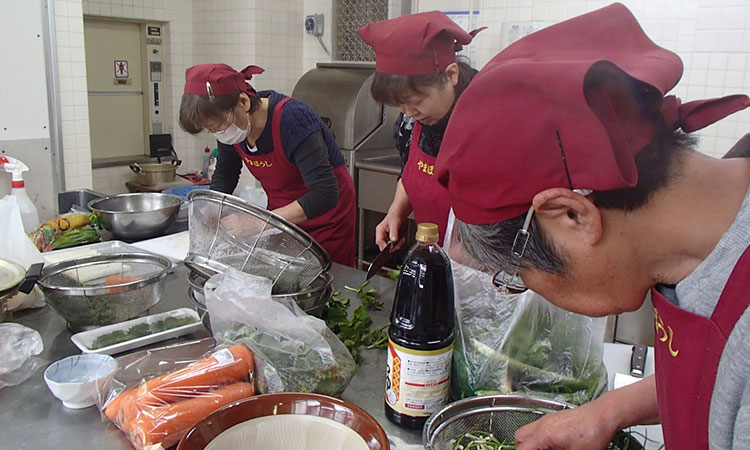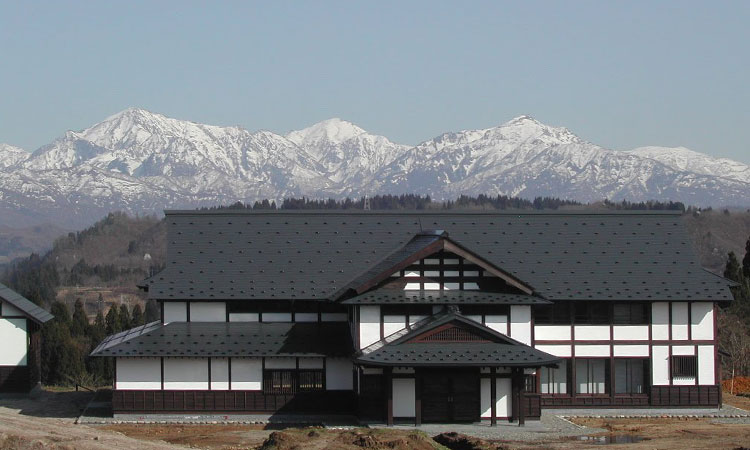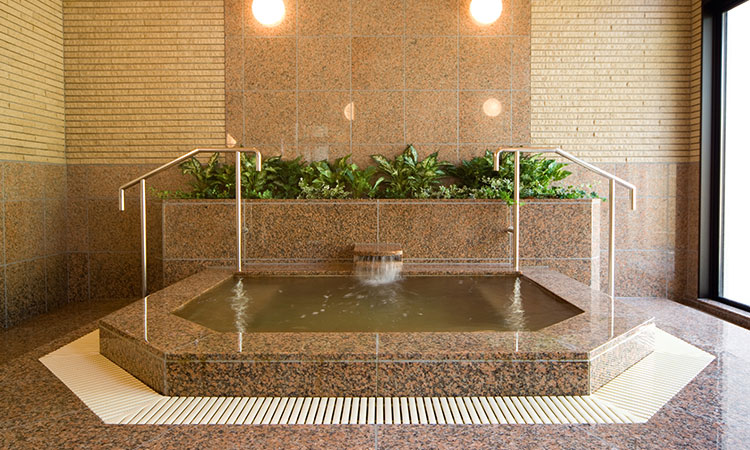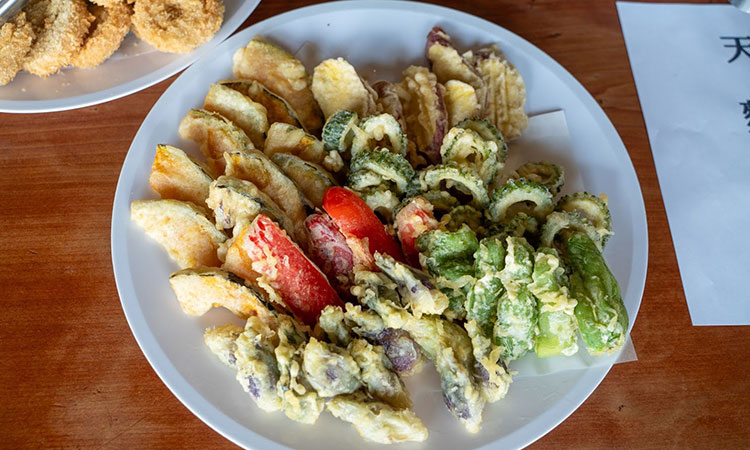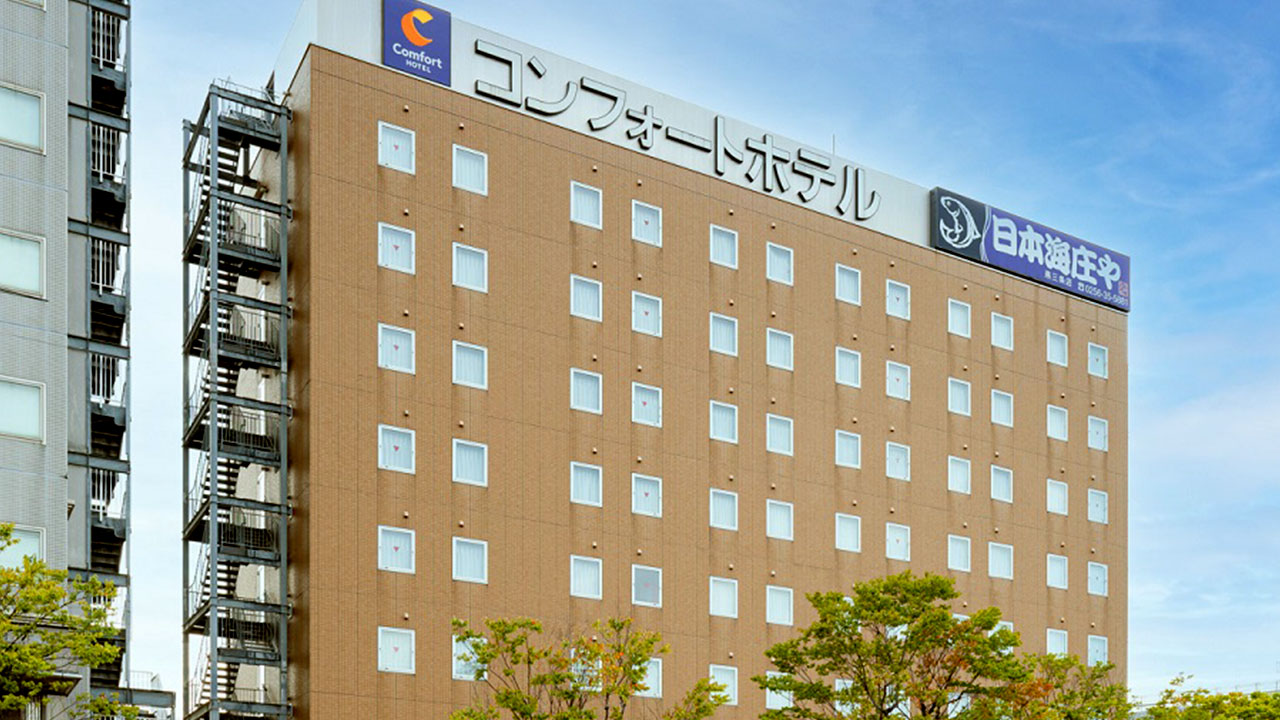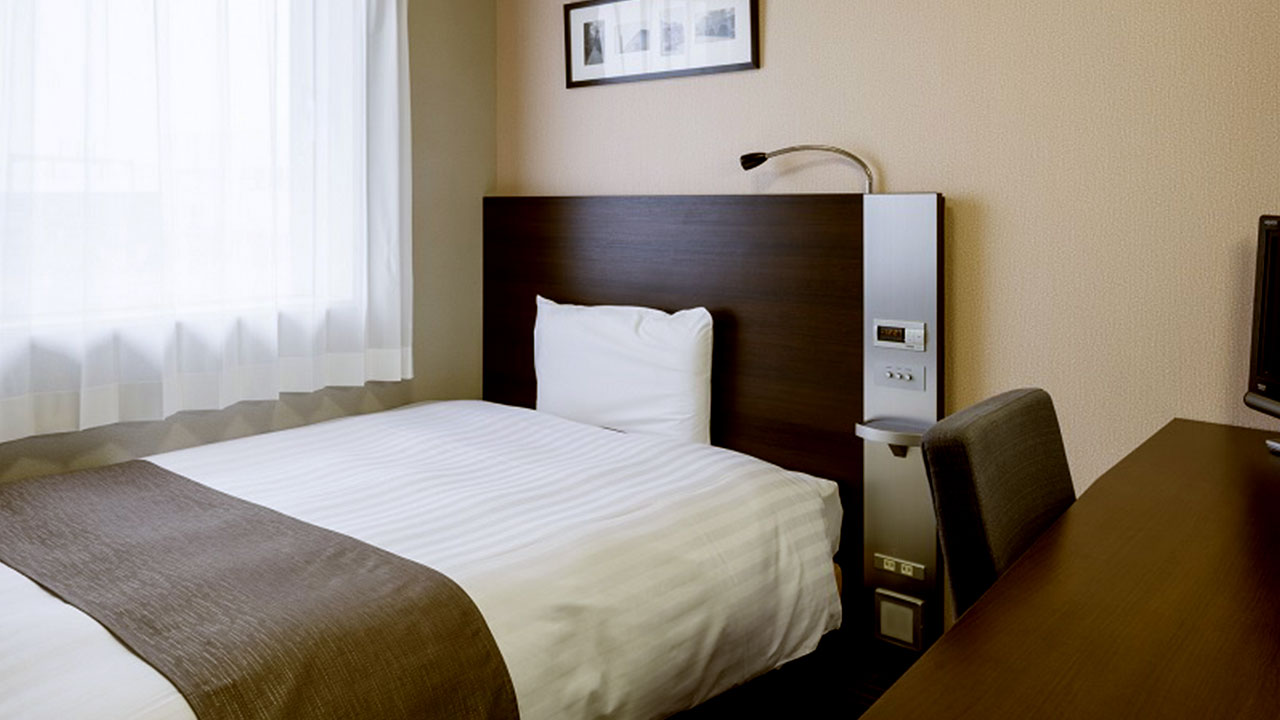
Get to Niigata Prefecture in as little as one hour and 45 minutes from Tokyo! Just take the Shinkansen from Tokyo via Takasaki.
If you are visiting Japan under the entry status of "temporary visitor" you can get a JR Rail Pass (all areas).
Foreign residents in Japan can purchase the JR East Pass for unlimited rides in the Tohoku area for five days.
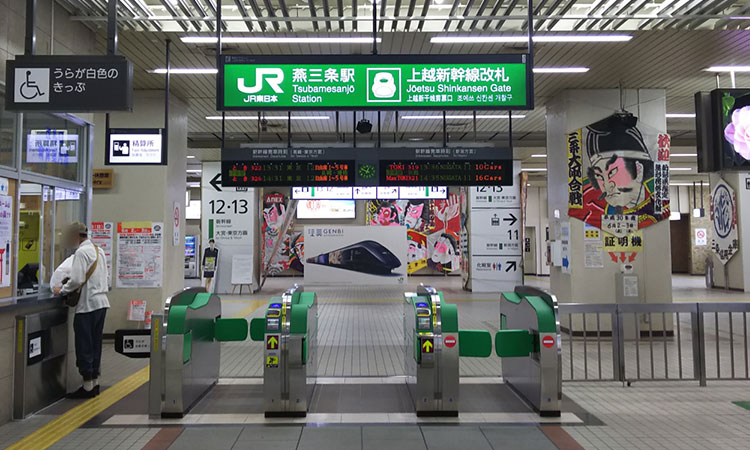
- Date
- August 3rd - 4th, 2024
- Meeting time
- JR Tsubamesanjo station Ticket gate at 13:30. The chartered bus departs at 13:40 from Tsubame gate at the station.
- Returning time & Location
- JR Nagaoka station at 17:00
- Group size
- Max. 30 persons (min. of 20 persons)
- Price
- 181,500 JPY/person (incl.tax)
Participation in online destination information content, online seminars and exchanges with pyrotechnicians and local residents
- Application deadline
- Jun. 2nd, 2024
Includes following:
- Fireworks prepaid ticket for one person. Children seven years and older require a ticket
- Chartered Bus, Accomodation, Meals, Admission fee, Escort & Guiding fee in itinerary
- Insurance: ANTA Inbound Travel Compensation System
